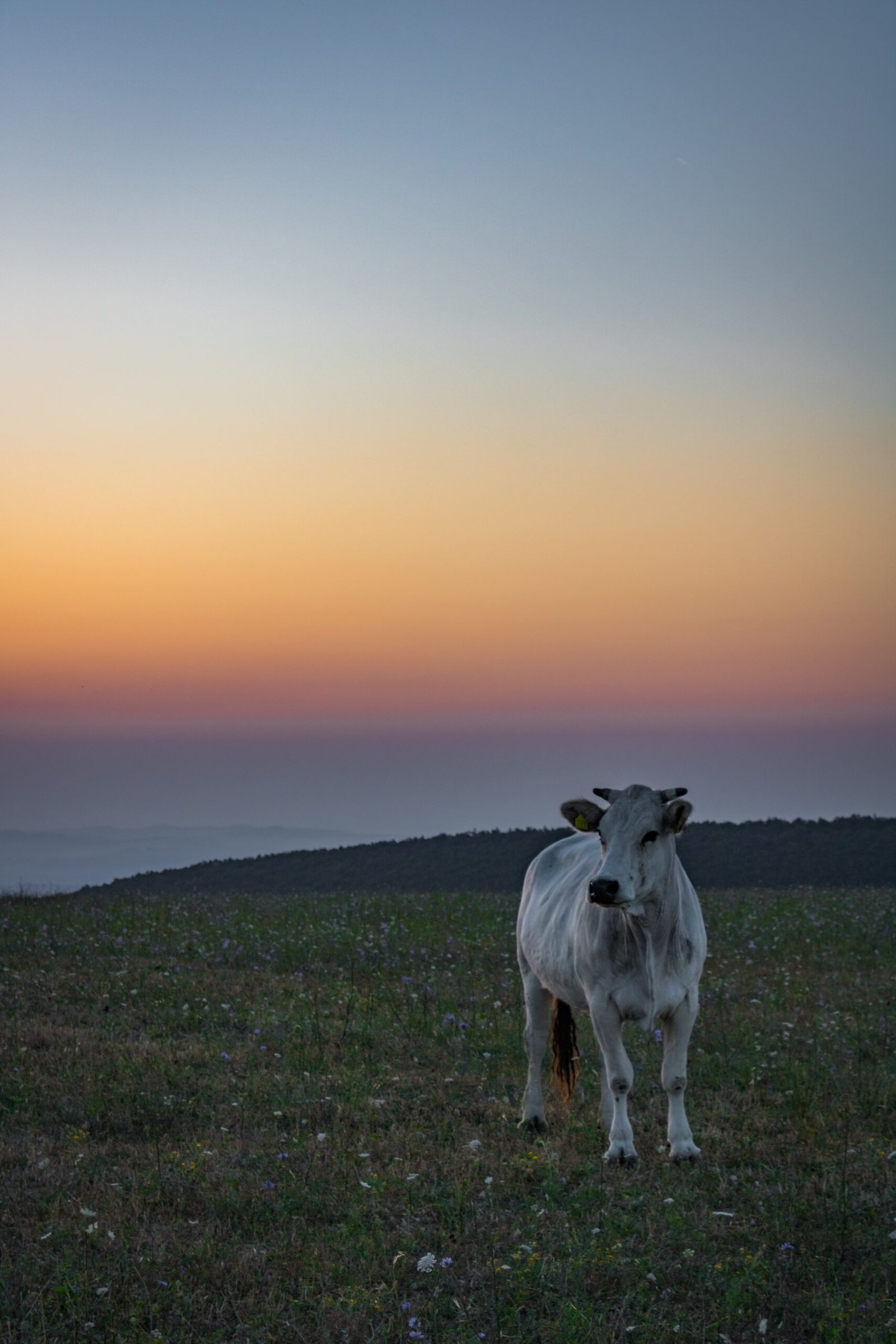As the world’s population continues to grow, the demand for livestock products such as meat, milk, and eggs is also on the rise. In order to meet this increasing demand, the livestock industry has been undergoing significant changes and adopting new trends. In this article, we will explore some of the recent trends in livestock production.
1. Sustainable Farming Practices
One of the key trends in livestock production is the shift towards more sustainable farming practices. With growing concerns about the environmental impact of intensive farming, many farmers are now adopting practices that minimize the use of chemicals, reduce waste, and promote animal welfare. This includes organic farming, rotational grazing, and the use of renewable energy sources.
2. Precision Livestock Farming
Advancements in technology have also had a significant impact on livestock production. Precision livestock farming involves the use of sensors, data analytics, and automation to monitor and manage livestock more efficiently. This allows farmers to track the health and behavior of individual animals, optimize feed and water consumption, and detect diseases early. Precision livestock farming not only improves productivity but also reduces the need for antibiotics and other medications.
3. Alternative Protein Sources
With the increasing awareness of the environmental impact of meat production, there has been a rise in the popularity of alternative protein sources. Plant-based proteins, such as soy, pea, and lentils, are being used to create meat substitutes that closely mimic the taste and texture of traditional meat. In addition, there is also a growing interest in cultured meat, which is produced by cultivating animal cells in a lab. These alternative protein sources offer a more sustainable and ethical option for consumers.
4. Improved Animal Welfare
Animal welfare has become a major concern for consumers, and as a result, there is a greater emphasis on improving the living conditions and treatment of livestock. Many countries have implemented regulations and standards to ensure that animals are raised in humane conditions. This includes providing adequate space, access to natural light and fresh air, and minimizing stress and discomfort. Consumers are also increasingly demanding transparency in the supply chain, wanting to know where their food comes from and how the animals were raised.
5. Vertical Farming
Vertical farming is a practice that involves growing crops and raising livestock in vertically stacked layers, often in urban areas. This method maximizes the use of space and resources, making it possible to produce food in areas where land is limited. Vertical farming also allows for better control of environmental conditions, such as temperature, humidity, and light, resulting in higher productivity and reduced water usage. This trend is particularly popular for the production of leafy greens and herbs.
6. Digitalization and Data Analytics
Digitalization has revolutionized various industries, and the livestock sector is no exception. Farmers are increasingly using digital tools and data analytics to make informed decisions and optimize their operations. This includes using drones for aerial surveillance, implementing smart feeding systems, and analyzing data to improve breeding programs and disease control. By harnessing the power of technology, farmers can enhance productivity, reduce costs, and minimize environmental impact.
In conclusion, the livestock industry is evolving to meet the demands of a growing population and a changing world. Sustainable farming practices, precision livestock farming, alternative protein sources, improved animal welfare, vertical farming, and digitalization are some of the recent trends that are shaping the future of livestock production. These trends not only address environmental concerns but also aim to provide consumers with healthier, more ethical, and more sustainable food choices.

